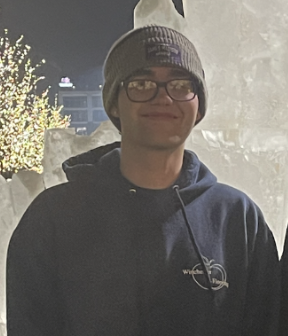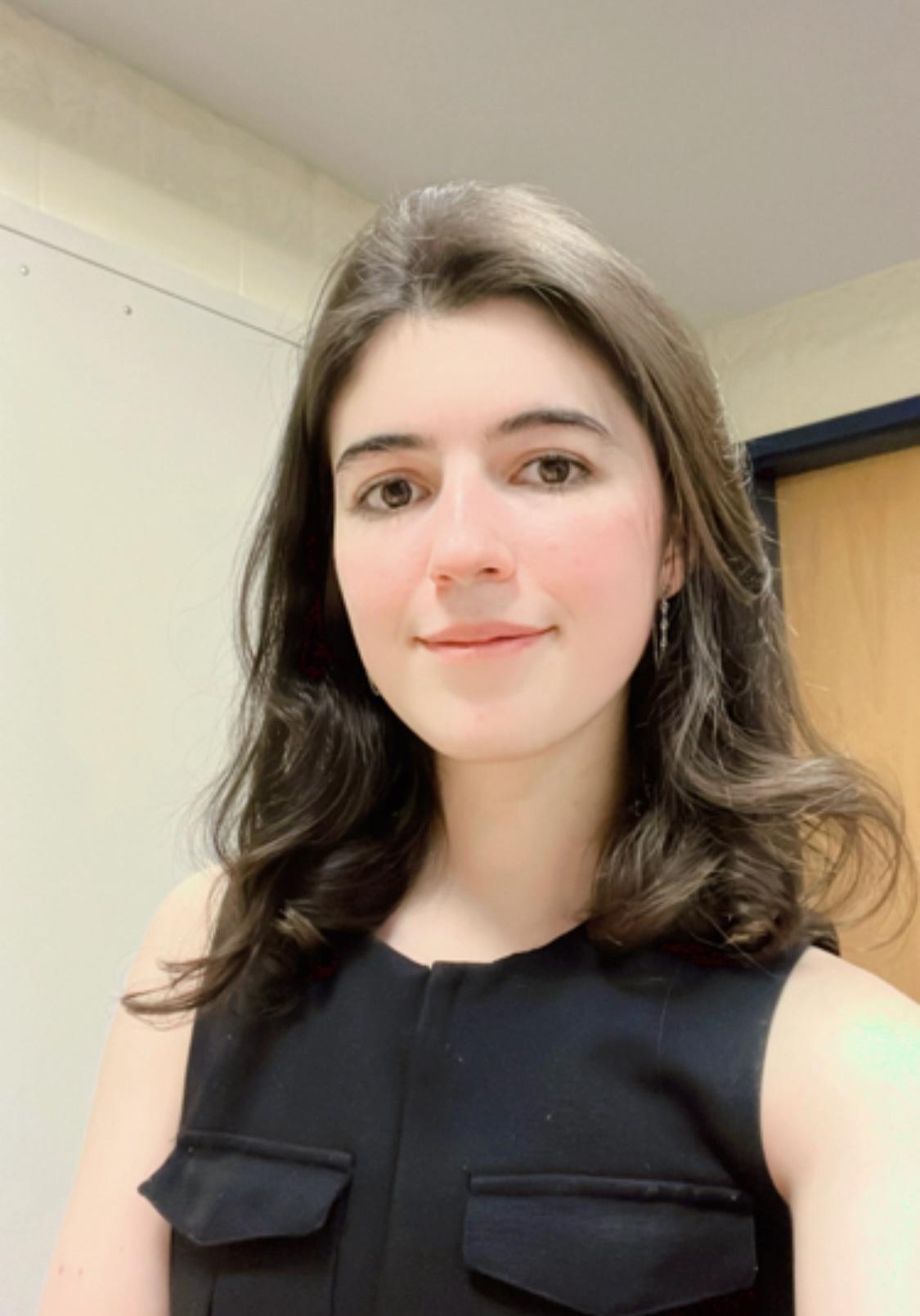Below is a summary of the abstract you submitted. Presenting author(s) is shown in bold.
If any changes need to be made, you can modify the abstract or change the authors.
You can also download a .docx version of this abstract.
If there are any problems, please email Dan at dar78@pitt.edu and he'll take care of them!
This abstract was last modified on March 18, 2024 at 4:34 p.m..

Bacteriophage genomes are relatively small, and the genes in their genomes are tightly packed in order to maximize their coding capacity. While most intergenic regions are short, in many cases adjacent genes overlap. For the genes within any given phamily, these gaps or overlaps between their start codon and the nearest portion of the upstream gene are well conserved features. Our own analysis of two Mycobacterium phage genomes belonging to clusters B and F demonstrated evidence of gap size conservation for many genes in these clusters with an overlap of four base pairs being the most conserved size. We are expanding our study of this phenomenon to phages of other clusters and will explore the relationship of conserved gap/overlap sizes with gene function and phamily size.








